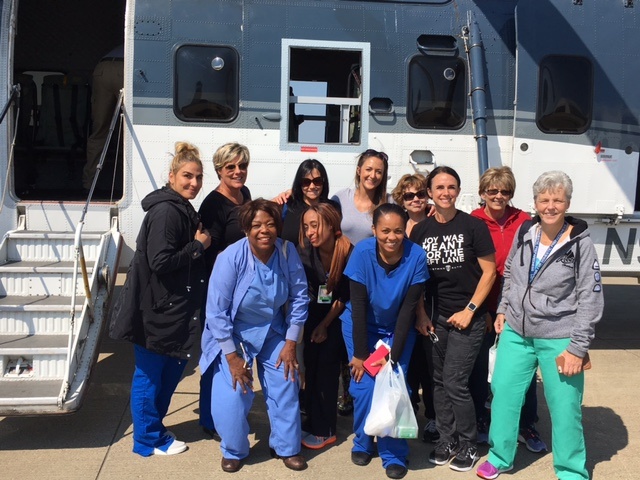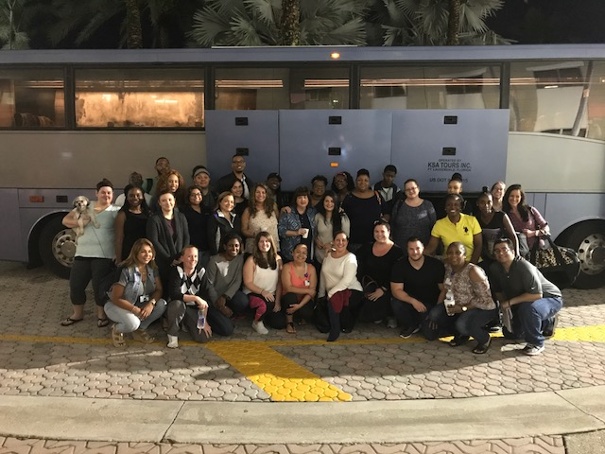
As we enter the height of the 2018 Atlantic hurricane season, we wanted to take a look back at last year's hurricane relief efforts along the Gulf Coast and throughout Florida.
When Hurricane Harvey and Hurricane Irma made landfall in 2017, HealthTrust Workforce Solutions mobilized to help our facility partners in need:
- 1,000+ HWS team members were involved in the disaster relief efforts.
- 500+ HWS nurses and healthcare professionals were deployed to the areas most affected by the storms as part of our Disaster Response Team.
- 700+ non-HWS nurses and healthcare professionals reached out to see how they could help HealthTrust's existing relief efforts and join our Disaster Response Team.
“Disaster Response Team members must be highly adaptable and resourceful, willing to pick up and deploy when and where they are needed at a moment’s notice,” HWS President & CEO Brendan Courtney told The Source, A HealthTrust Publication.
Each disaster brings with it a unique set of challenges. For example, the severe flooding that Hurricane Harvey brought to the Houston area made local roadways impassable by car. In order to ensure that facilities remained properly staffed, HWS sent Disaster Response Team nurses to affected facilities via duck boat and helicopter.
“While the first step in responding to a crisis situation must always be to execute your predetermined continuity plan, you can never underestimate the critical impact that quick, out-of-the-box thinking can have in times of desperate need,” Brendan continued.

When Hurricane Irma threatened the state of Florida, the HWS corporate headquarters in South Florida needed to continue its operations while also keeping its team members safe. In response, employees traveled to regional offices across the country where they would be out of the storm's path and could maintain the company's crucial operations, such as processing payroll and staffing the Disaster Response Team for relief in Florida.
“Constant and consistent communication among these corporate and regional command centers, as well as the Disaster Response Team itself, are critical to the overall success of the workforce disaster response,” Brendan told the publication.
With three months left of hurricane season, we continue to carry with us the knowledge gained from past deployments of the Disaster Response Team. We would like to thank each of our clinical and corporate team members who were part of the 2017 hurricane relief efforts.


